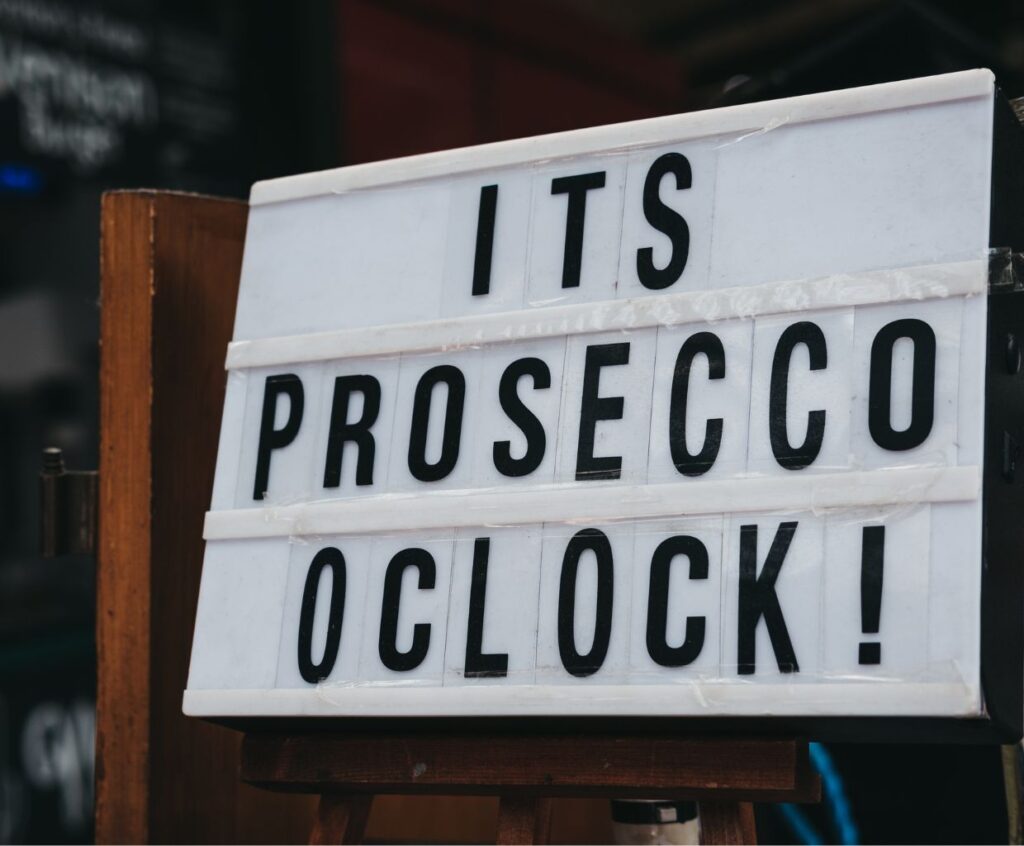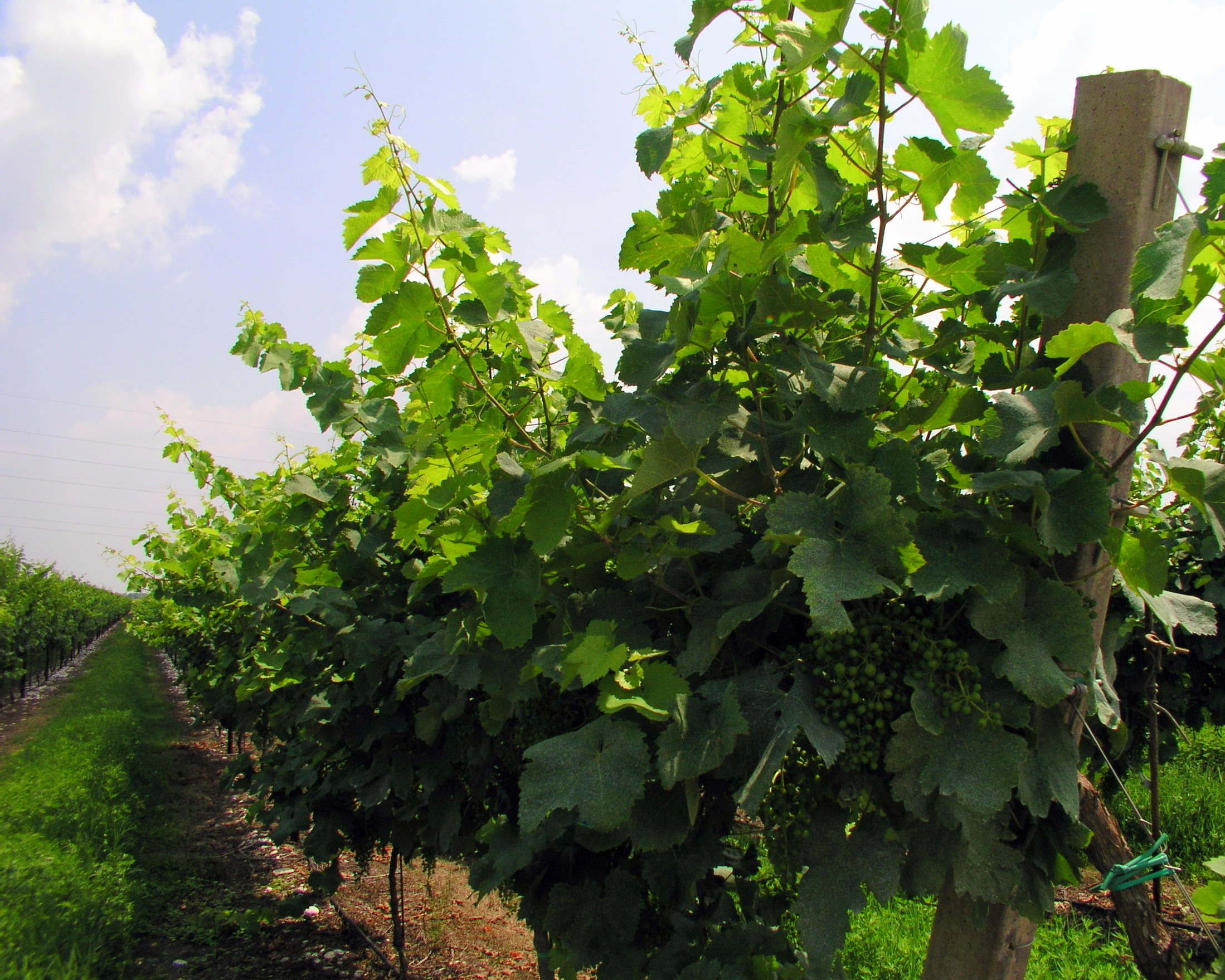Why is Prosecco Cheaper than Champagne?
In recent years, Prosecco has gained immense popularity as a sparkling wine choice for celebrations, parties, and casual gatherings. It is often seen as a more affordable alternative to Champagne, but have you ever wondered why that is the case?
In this article, we will explore the reasons behind the price difference between Prosecco and Champagne and shed light on the factors contributing to their varying costs.
Quality and Production
One of the key factors influencing the price disparity between Prosecco and Champagne is the difference in production methods. Champagne, produced in the Champagne region of France, undergoes a complex and time-consuming process known as the traditional method or méthode champenoise. This process involves a second fermentation in the bottle, resulting in its characteristic effervescence and complexity.
On the other hand, Prosecco, originating from the Veneto region of Italy, is made using the Charmat method. This method involves a single fermentation process in large tanks, significantly reducing production time and costs. The Charmat method allows for a more efficient production process, making Prosecco more affordable than Champagne.
Grapes and Terroir
The grapes used in producing Prosecco and Champagne also affect the price difference. Champagne is primarily made from three grape varieties: Chardonnay, Pinot Noir, and Pinot Meunier. These grapes are known for their complexity and ability to age well, contributing to the higher cost of Champagne.
Prosecco, on the other hand, is typically made from the Glera grape variety. Glera grapes are less expensive to grow and harvest, making them more accessible and affordable. Additionally, the terroir, or the environmental factors that influence grape growth, differs between the Champagne and Veneto regions. The unique terroir of Champagne adds to the exclusivity and cost of its grapes.
Brand and Marketing
Brand reputation and marketing also contribute to the price difference between Prosecco and Champagne. Champagne has a long-established reputation as a luxury product associated with prestige and celebrations. This perception allows Champagne producers to set higher prices for their products.
Prosecco, on the other hand, has gained popularity more recently. It is often marketed as a more accessible and affordable sparkling wine option, targeting a broader consumer base. This marketing strategy allows Prosecco producers to offer their wines at a lower price point, making it an attractive choice for those seeking a budget-friendly sparkling wine.
Are there any geographical or regional factors that explain why Prosecco is generally more affordable than Champagne?
Several geographical and regional factors can help explain why Prosecco is generally more affordable than Champagne:
1. Production Location: Prosecco is produced in the Veneto and Friuli-Venezia Giulia regions of northeastern Italy, while Champagne is produced in the Champagne region of France. The cost of land, labor, and production in Italy is generally lower than in France, resulting in lower production costs for prosecco.
2. Grape Varieties: Prosecco is primarily made from the Glera grape, which is cheaper to cultivate and harvest compared to the grape varieties used in champagne production, such as Chardonnay, Pinot Noir, and Pinot Meunier. The lower cost of grape varieties contributes to the affordability of prosecco.
3. Production Method: Prosecco is produced using the Charmat method, where secondary fermentation occurs in stainless steel tanks, whereas Champagne is produced using the traditional method, where secondary fermentation occurs in the bottle. The Charmat method is less time-consuming and costly, making it more affordable for prosecco producers.
4. Scale of Production: Prosecco production has been scaled up recently to meet increasing global demand, resulting in higher economies of scale. This enables producers to offer prosecco more affordable than Champagne, which has a smaller production scale.
5. Branding and Marketing: Champagne has a long-standing reputation for luxury and prestige, allowing producers to command higher prices. Conversely, Prosecco has positioned itself as a more accessible and affordable sparkling wine, targeting a broader consumer base.
It’s important to note that while Prosecco is generally more affordable than Champagne, both categories have variations in quality and pricing. Some premium Proseccos can be more expensive than entry-level champagnes.
What factors contribute to the price difference between Prosecco and Champagne?
Several factors contribute to the price difference between Prosecco and Champagne:
1. Production Method: Champagne is produced using the traditional method, also known as méthode champenoise, which involves a second fermentation in the bottle. This method is more time-consuming and expensive than the tank fermentation method used for prosecco.
2. Location: Champagne is produced in the Champagne region of France, which has a prestigious reputation for sparkling wine production. The region’s terroir and specific grape varieties contribute to the unique flavor profile of Champagne. Prosecco, on the other hand, is produced in the Veneto region of Italy. The location and reputation of the regions can influence the price.
3. Grape Varieties: Champagne is typically made from a blend of Chardonnay, Pinot Noir, and Pinot Meunier grapes, which are more expensive and labor-intensive to grow. Conversely, Prosecco is made primarily from the Glera grape, which is easier to cultivate and less expensive.
4. Aging: Champagne often undergoes a longer aging process, sometimes several years, which adds to the cost. Prosecco is generally consumed young and does not require extensive aging.
5. Brand and Prestige: Champagne has a long-standing reputation for luxury and celebration, which can contribute to higher prices. Certain champagne houses and brands have established themselves as prestigious and command higher prices.
6. Production Volumes: Champagne production is more limited than prosecco, which can result in higher prices due to the supply-demand dynamics.
7. Marketing and Perception: The marketing and perception of Champagne as a high-end and celebratory drink also play a role in its higher price than prosecco.
Overall, the combination of production methods, location, grape varieties, aging, branding, production volumes, and marketing contribute to the price difference between Prosecco and Champagne.
Why is Prosecco Cheaper than Champagne? – Conclusion
While Prosecco and Champagne offer delightful sparkling wine experiences, the price difference can be attributed to various factors. The production methods, grape varieties, terroir, and brand positioning all play a significant role in determining the cost of these sparkling wines.
Whether you choose Prosecco or Champagne for your next celebration, both options have unique qualities that cater to different tastes and budgets.





